Newly available: 4 Impacts, 10 Capitals, and 4 Bottom lines to build a Wisdom Economy
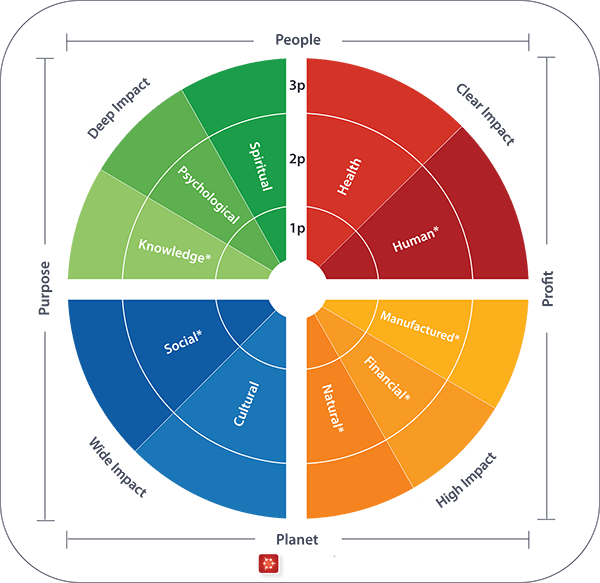
By Susanna Carman for Enlivening Edge Magazine
It takes 4 Impacts, 10 Capitals, and 4 Bottom lines to build a Wisdom Economy, according to MetaIntegral co-founder, Sean Esbjorn-Hargens, Ph.D. Dr. Hargens is an academic, author, trans-disciplinary designer and the most highly-published leading scholar-practitioner in Integral Studies. For all you surfers out there, I liken Dr. Hargens to a long board shaper whose new design, the MetaCapital Framework (MCF), enables the rest of us to hang 10 at the emergent edge of next-wave ecosystem mapping.
The MCF takes the shape of a mandala and is grounded in a commitment to impact.
Dr. Hargens defines Impact in 4 ways:
Deep Impact: transforming hearts and minds
Clear Impact: transforming behavior
High Impact: transforming systems
Wide Impact: transforming relationships
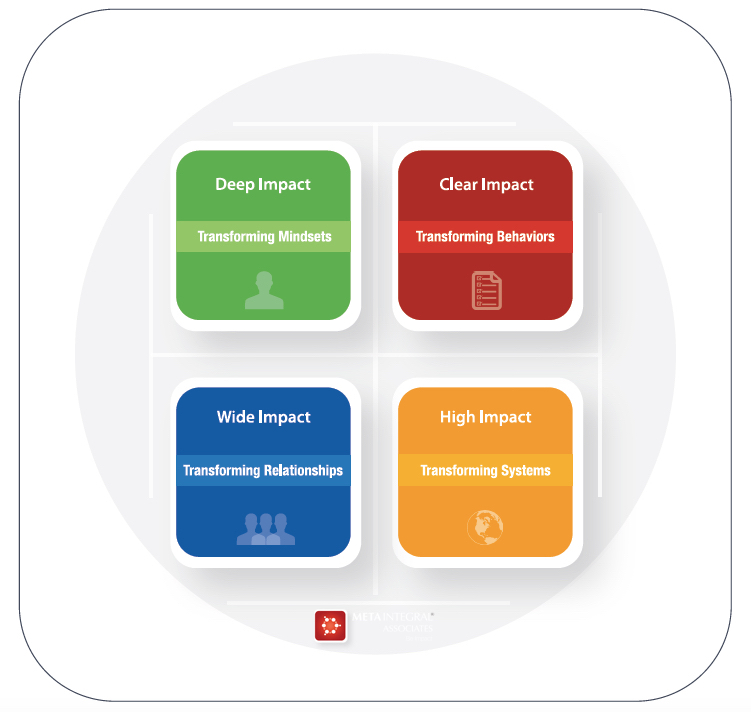
He describes impact as:
“The positive transformation of any of these four dimensions (hearts/minds, behaviors, systems, and relationships) that can be cultivated and measured with first-person, second-person, or third-person formal and informal methods and practices.”[i]
Within each impact domain of the MCF there exist multiple forms of capital. The International Integrated Report Council (IIRC) defines capital as “stores of value that can be built up, transformed, or run down over time in the production of goods or services.”[ii]
I am a member of a community of practice currently exploring the MCF territory. Dr. Hargens, who is co-facilitating the CoP, has enacted a key principle of Participatory Design Thinking by challenging assumptions implicit in the IIRC definition of capital, and inviting group members to collaboratively re-define the word. The HMW question he has framed for the group:
How might we define capital in a way that includes its typical forms, mainly financial capital, but at the same time expands the definition to include the 10 forms of capital in the MCF?
Dr. Hargens identifies 10 capitals: 5 interiors and 5 exteriors, in the MCF. The interior capitals include an individual’s knowledge, psychological and spiritual stores of value, as well as a collective’s social and cultural ones. The exterior capitals include the health and human capital of individuals and the manufactured, financial and natural capitals of whole systems (for a more in-depth descriptions of the 10 capitals, visit http://www.metacapital.net.)
I have a personal interest in the potential of MCF as a meta-design tool for mapping value exchange within and across ecosystems. I’ve been testing the tool in both community-building and for-profit contexts. In all cases, I am experiencing an elevation in the quality of stakeholder engagement. That is, MCF is providing language and subsequent expressive capacities for people to talk about value and its flow across systems in ways that facilitate genuine acknowledgment of their profit, people, planet and purpose bottom line commitments.
As metaphor, consider the alchemical acupuncture model. In the Taoist tradition, each organ stores value in the form of that organ’s spirit. For example, the kidneys house the spirit of wuwei and the liver, the shen. Each of these organs are seen as clusters within interconnected webs of energy, blood, bile and fluids, or jin ye, and each exists in relationship with the system of internal organs, or zang fu.
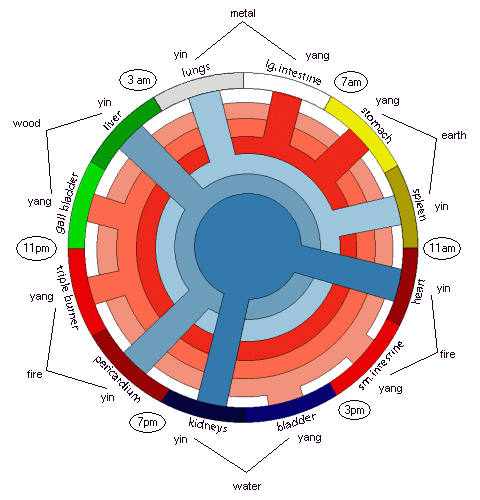
Now compare capitals to the body’s zang fu system, and currencies, or flows, to the jin je system. In the Chinese medicine tradition, disease is what happens when the spirit residing in or flowing through one organ dominates the system. In contrast, a return to balanced, harmonious flow is the signal for wellness. Just like an acupuncturist who checks pulses and inserts needles, MCF practitioners can measure stored value, map flow rates and restore balance to the exchange of capital across a system.
I am currently testing the MCF with a network of entrepreneurial women in regional Australia. We are experimenting with MCF as a meta-design tool that can:
- Measure the capital present but under-valued in our community
- Identify under-developed capitals worth investing in
- Map the current networks
- Test appetites for communities of practice to grow value in each capital
- Match practitioners and expertise with the appropriate capitals
In this way, we are using MCF to make conscious both tacit and explicit stored value already being traded across our community.
As a designer, researcher, facilitator, and practitioner, I’ve fallen head over heels in love with this framework. The degree of positive market response is staggering, irrespective of developmental level. MCF gives me the vocabulary to talk about and challenge traditional notions associated with capital with my clients. Combined with the principles of curiosity, humility and empathy inherent in Design Thinking, MCF introduces the next-stage distinction of stewardship vs. ownership in a way that truly connects the dots for people.
Until next time, this is Susanna Carman inviting you to challenge your own think about all things value-related.
[i] S. Esbjorn-Hargens, personal communication, October 14, 2016
[ii] The Concept of Capital in Integrated Reporting, Integrated Reporting Update, Ernst & Young Global Limited, 2013 [online]. Available: http://www.ey.com/Publication/vwLUAssets/The_concept_of_capital_in_Integrated_Reporting_-_July_2013/$FILE/EY-the-concept-of-capital-in-integrated-reporting-july-2013.pdf [Accessed: 13-Oct-2016]
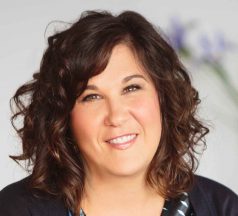
Susanna Carman is a trans-disciplinary designer, researcher, facilitator, and writer specialising in Design Leadership and Integral Engagement. With backgrounds in adult development, design, brand and business strategy, Susanna works with leaders of enterprise and organisations to embed Design Thinking into the cultural fabric of human systems. To work with or read more by Susanna Carman, please visit www.susannacarman.com or contact her directly at susanna @susannacarman.com.



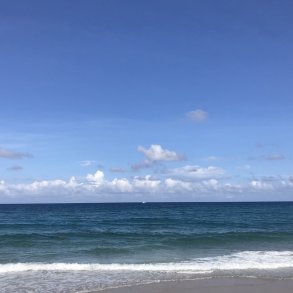
hi Susanna,
I’m working with a number of communities of practice and am a great fan of the MetaCapital Framework, but have not yet used it in the CoP context. Can you share any thoughts on how to use it for mapping value exchange within and across communities?
george
Hey George, thanks for your question. One of the most powerful aspects of this meta-design tool is that it has the capacity to make explicit what is implicit. That is, it can make object those stores of value in a system that are biased over others and then enable a collective to have a rigorous conversation about that and what it might mean for them. In the CoP context it can be used to highlight where the bias is in a system. If the CoP is intending to be holistic in its design, the tool can be used to make visible impact areas that need further development. For example, perhaps the patterns of commoning are clearly articulated and well understood (cultural capital) but the financial structures aren’t in place to sufficiently sustain the CoP (financial capital). Becoming aware of this might mean that the learning domain pivots, for a time, away from where the focus has been toward growing knowledge and capability capital within the learning domains of financial management, processes and systems, or, that a small circle will form to address this tension and then return to the larger CoP circle to share new learnings and potential strategic choices for the group. It can also be used to highlight where energy investment is currently being directed in a system and to highlight how value is being traded across the CoP. If their is any tension in the system about subjective experiences related to ‘value’, mapping the flow and exchange of value across the system may highlight stuck places that were unconsciously blocking flow. In fact, running a constellation based on the flow of value btwn capitals can be very revealing. CoP participants can also see where an impact area may be under developed by the system, and then offer to contribute experience and knowledge in these areas. This is particularly interesting if such individuals are currently working in other Impact areas without realising that their contribution would provide more value in another area. There is a process that I take clients thru to map systems and flows. Happy to have a chat with you about that any time…